
As the United Nations marks its 80th anniversary in 2025, this report by the Department of Economic and Social Affairs (UN DESA) traces the evolution of sustainable development within the UN system. It highlights the organization’s role in shaping both the understanding and the practical application of sustainable development.

The UN DESA Annual Highlights report is a tool to communicate the contributions of the Department to the realization of internationally agreed development goals and shared social, economic, and environmental aspirations. It showcases the Department’s role in gauging trends, building capacities, and shaping solutions. UN DESA Highlights 2025 covers activities over the period of the 79th Session of the General Assembly (September 2024 – August 2025) and reflects the Department’s response to the set priorities and expressed needs of Member States. Seven (7) thematic chapters showcase how UN DESA put its expertise to the task of supporting Member State efforts to implement the 2030 Agenda…

The global economy is expected to experience subdued growth in the coming months amid a challenging trade environment and heightened macroeconomic uncertainties. The world economy is projected to grow by 2.5 per cent in both 2025 and 2026 — below the 2.8 per cent recorded in 2024 and the pre-pandemic average of 3.2 per cent (2010–2019). The 2025 forecast has been raised by 0.1 percentage points since May, while the 2026 outlook is unchanged, with both remaining well below expectations at the start of the year. The modest upgrade to the 2025 outlook reflects stronger-than expected frontloading of economic activity ahead of new U.S. tariffs, lower effective U.S. tariff rates than initially…

The United Nations Department of Economic and Social Affairs (UN DESA) supports and works together with small island developing States (SIDS) on a range of initiatives tailored to the unique sustainable development challenges facing these island nations. This document highlights the ways in which UN DESA provides analysis, capacity development and intergovernmental support in line with the Department's six action areas.

The Sustainable Development Goals Report 2025 marks the tenth annual stocktaking of global progress toward the 2030 Agenda for Sustainable Development. With the 2030 deadline only five years away, the report delivers a stark assessment: the Sustainable Development Goals have improved millions of lives, but the current pace of change is insufficient to fully achieve all the Goals by 2030.
The report reveals real and substantial development gains during the past decade. Since 2015, the world has made notable strides in expanding access to education, improving maternal and child health, and bridging the digital divide. Effective prevention efforts have significantly reduced the…
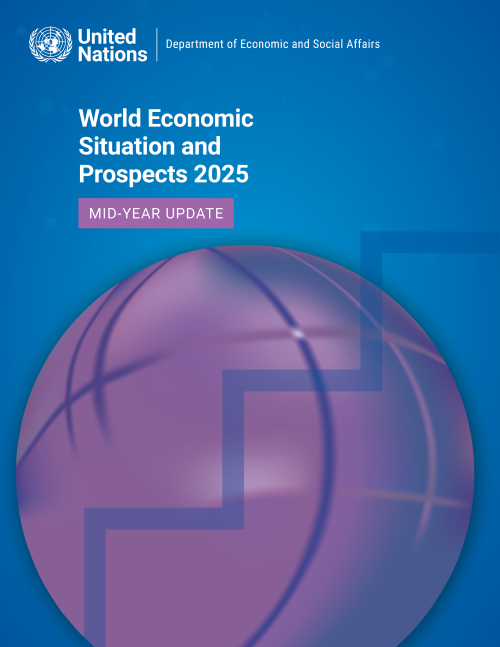
The world economy is at a precarious moment. Heightened trade tensions, along with policy uncertainty, have significantly weakened the global economic outlook for 2025. Higher tariffs—resulting in a significant increase in the effective tariff rate in the United States of America—are likely to strain global supply chains, drive up production costs and delay critical investment decisions, while also contributing to financial market volatility. Global economic growth is now projected to slow to 2.4 per cent in 2025, down from 2.9 per cent in 2024, and 0.4 percentage points below the January forecast. The downward revisions in growth forecasts are broad-based, affecting both developed and…
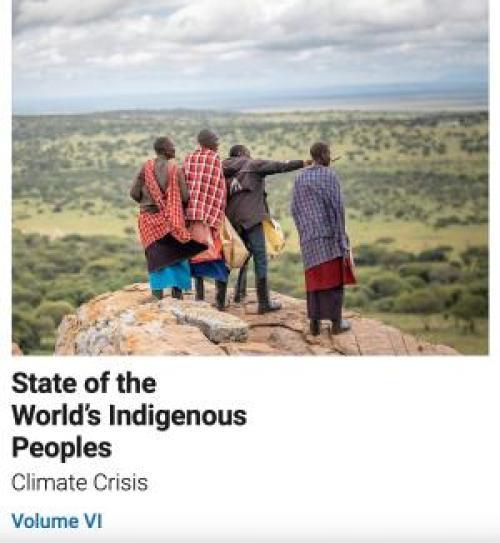
The sixth edition of the State of the World's Indigenous Peoples focuses on Climate Crisis. It focuses on the vital role of Indigenous peoples in addressing the impacts of climate change. Although Indigenous Peoples account for only around 5 per cent of the world’s population, they effectively manage and protect an estimated 80 per cent of the Earth’s biodiversity and about 40 per cent of protected areas and ecologically intact landscapes. Since Indigenous Peoples first came to the United Nations, they have emphasized the fundamental importance of their relationship with their lands, territories and resources, which hold a deep cultural and spiritual significance within their societies…
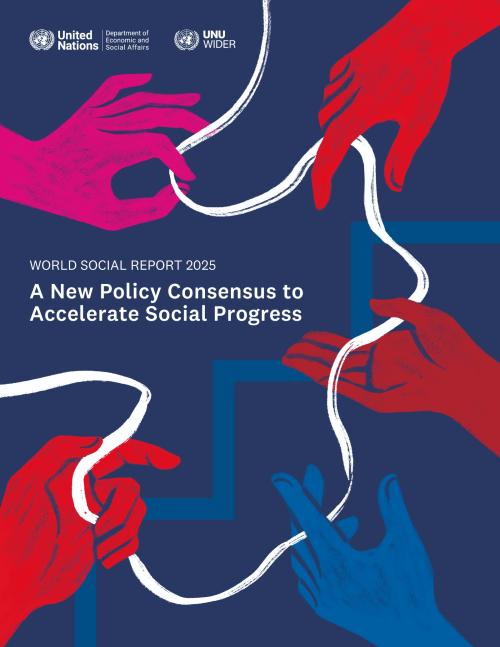
Economic insecurity, staggering levels of inequality, declining social trust and social fragmentation are destabilizing societies worldwide. The World Social Report 2025, reveals trends that are threatening communities and demand immediate, decisive policy action. The report calls for a new policy consensus anchored in three principles—equity, economic security for all, and solidarity—that are essential to strengthen the three dimensions of sustainable development.
The report is the first to be co-produced with the United Nations University World Institute for Development Economics Research (UNU-WIDER). This collaboration brings new research insights into the report,…
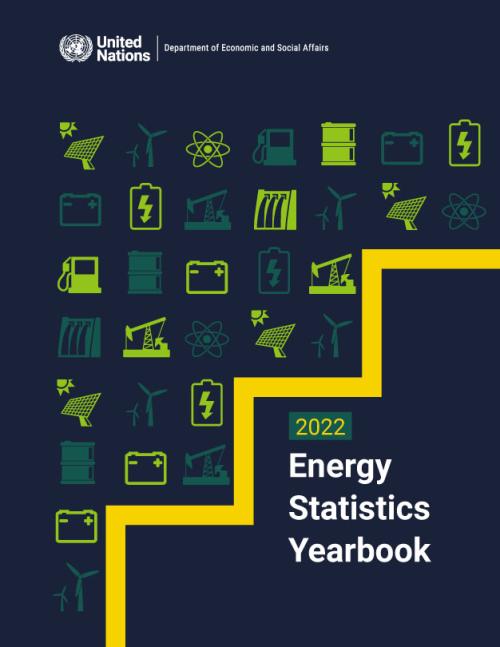
The 2022 Energy Statistics Yearbook is the sixty-sixth issue in a series of annual compilations of internationally comparable statistics summarizing world energy trends, which commenced under the title World Energy Supplies in Selected Years, 1929-1950.
Annual data for more than 200 countries and areas for the period 2019 to 2022 are presented on production, trade and consumption of energy for solid, liquid, and gaseous fuels, electricity, and heat. Per capita consumption series are also provided for all energy products.
Graphs are included to illustrate historic trends and/or changes in composition of production and/or consumption of major energy products.…
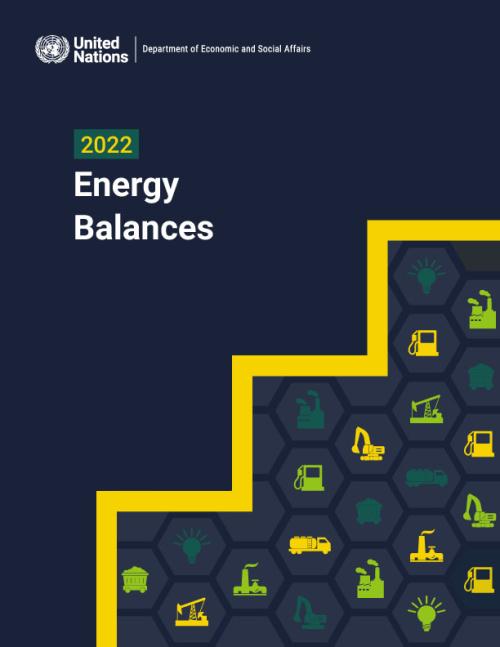
The 2022 Energy Balances publication presents energy data for over 200 countries and areas in a format which shows the overall picture of the yearly production, trade, transformation and consumption of energy products utilized in each country or area shown, for the years 2021 and 2022. Such a format, presented in a common energy unit, the Terajoule, is useful in assessing and analysing supply and consumption patterns across both products and countries in detail on an internationally comparable basis.
It is the eleventh issue of Energy Balances as a stand-alone publication, replacing the previous series of Energy Balances and Electricity Profiles. The…
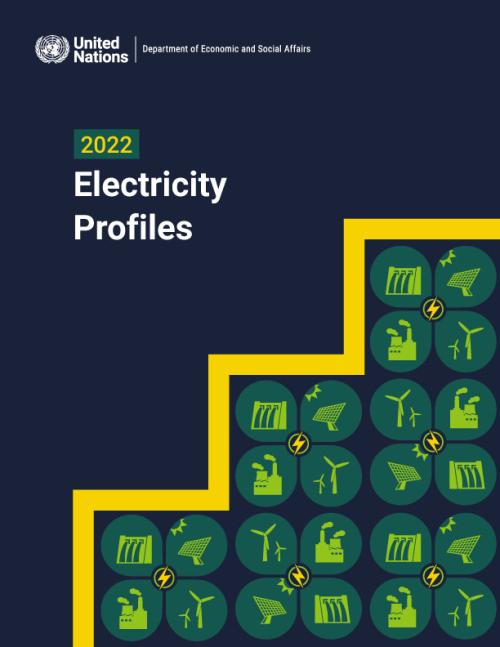
The 2022 Electricity Profiles publication provides an overall picture of the electricity sector of over 200 countries and areas on an internationally comparable basis, for the years 2017-2022. It displays detailed information on production, trade and consumption of electricity, on net installed capacity and thermal power plant inputs and efficiency for each of these countries and areas.
This is the eleventh issue of Electricity Profiles as a stand-alone publication, replacing the previous series of Energy Balances and Electricity Profiles.
The publication is available in printed and electronic (PDF format) versions.
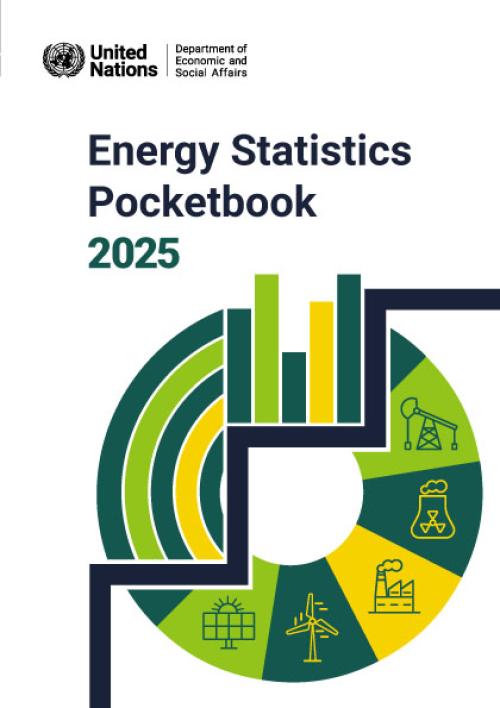
The 2025 Energy Statistics Pocketbook publication is the eighth in a series of pocketbook compilations on energy statistics designed to highlight the availability of data on various aspects of energy production, transformation and use and its linkages to other key statistics. The information in this publication is primarily based on the energy data available in the 2022 editions of the Energy Statistics Yearbook, the Energy Balances, and the Electricity Profiles.
The Energy Statistics Pocketbook aims at providing additional information by highlighting key indicators and using different visualizations to show developments, dependencies and distributions in a way that…
 Welcome to the United Nations
Welcome to the United Nations